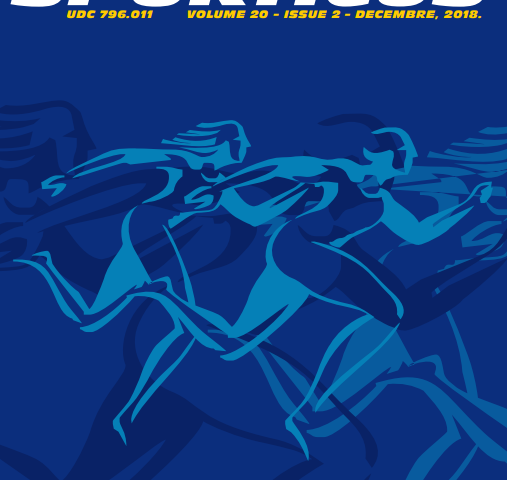Abstract
The aim of this paper is to determine the presence of PAP effect and its time periods in the application of different activation stimuli on upper extremities. PAP effect has been determining as a difference in the distance of the medicine ball throw with stimuli (PAP 1,3,5,7,10,12 minutes) and without stimuli (PRE-PAP). The study was participated by 24 students of Faculty of Sport and Physical Education, University of Sarajevo (age = 22.24 ± 1.21; body mass = 74.57±7.23). The students threw the medicine ball from a sitting position on a chair, before and after (1,3,5,7,10 and 12 minutes) activation stimuli which consisted of 3×3 90% 1RM incline bench press, bench press and military press. The analysis of the data obtained shows that there is an acute increase in the distance of the medicine ball throw. The highest positive statistically significant pre and post-AP changes occurred in the seventh minute for IBP (13.52 cm and 2.38%; p = .047) and BP (12.17 cm and 2.14%; p = .052). These results suggest that IBP and BP application performance results in a statistically significant PAP effect within the seventh minute, and that there is a presence of some (non-statistically significant) positive PAP effects in the application of all three (BP, IBP, MP) activation exercises between fifth and tenth minute, however
pointing out that their value is the greatest between fifth and seventh minute.


